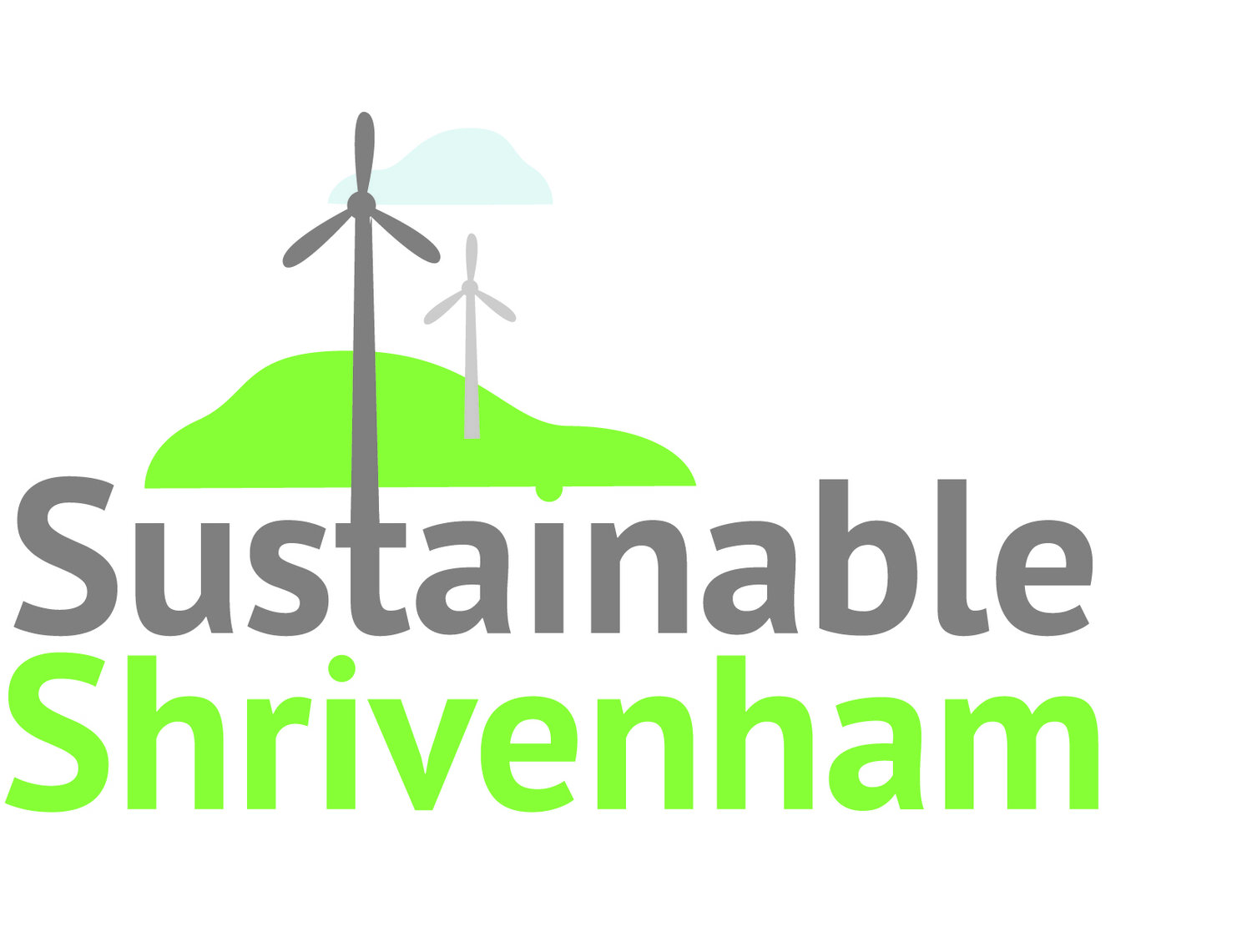“The UK puts around 350,000 tons of textiles into landfill per annum.”
I’m in there somewhere!
“My name’s Sandra and I’m a clothes addict”.
There, it’s out there, and I could definitely be the founder member of a self-help group called ‘New Clothes Anonymous’!!
For those of you who hate shopping for new or even second hand clothes, or have no interest in them, or are more than content with the few items you already own, this will be a bizarre concept and you may view us Clothesaholics as a strange lot – which is fine and you can read on in a detached (possibly smug!) way, knowing that this doesn’t apply to you.
However, for those of you to whom it does apply as my fellow Clothesaholics (or if you know someone who is one!), then I hope that the following may provide a little food for thought for you too. So here goes!
I just LOVE buying new clothes – I love the looking, assessing (colour being paramount but also shape, fabric quality, cut, make, price, etc, etc), buying and wearing of them, and have always done so. It is definitely an inherited personality trait as my Father was the same, and our youngest daughter’s wardrobe is testament to her having the C. gene too! Even the storage issue of all these new garments and the cost of them hasn’t deterred me, let alone that I don’t get enough wear out of most of them as I have so many from which to choose.
There are a few legitimate justifications for a percentage of the clothes which have come and not always gone in my collection, i.e. dramatic changes in my body shape/size due to motherhood, middle age and an inherited health issue, plus employment in organisations with different levels of formality in their dress codes – but I still have a lot!
But….. then in late 2019 (remember how halcyon those days now seem?!) I became actively involved in the Sustainable Shrivenham Group – and the principle of Reduce/Reuse/Recycle came home to roost in our home. I learnt about the resources consumed by various industries including in that of clothing production, i.e. water, oil and land.
Suggestion: have a quick look at the labels in the clothes you are wearing now to see what basic materials they contain? What you read there will fall into the 8 major types of raw materials commonly used in clothing today, i.e.:
Synthetic materials, sourced from the fossil fuel crude oil
Cotton from cotton plant seed pods
Cellulosic bast fibres e.g. rayon/viscose, flax, linen and hemp
Wool from animal coats
Silk from silk worms and feathers, including down
Leather from animal skins
Experimental fabrics
Natural fibres, such as rayon, flax and cotton are indeed renewable as basic materials but cotton production consumes a huge amount of water to grow the plants whereas flax requires much less, so it is worth considering the total impact which the production of each item has had on natural resources, including the transport to ship the raw material to the manufacturers to the outlet where we purchased it – and what transportation we used and how far we went to get it!
I considered in which of my current lifestyle actions I was having the most negative impact on natural resources and decided to tackle some of those first. Thus, I resolved on 31 December 2019 to not buy any new or second hand clothes during 2020……CRIPES, I WAS GOING COLD TURKEY!!
I had read that one of the best ways of keeping a resolution is to tell family and friends about it so that they can support you and give positive encouragement when the going gets tough. I did so and every single one of them laughed and said that I would never manage it…. how’s that for support and positive encouragement?! However, their reactions did have the effect of hardening my resolve to prove that I could – so take that, motivation theorists!
We are now at the beginning of July 2020 and I am delighted to say that I am halfway through my target year of abstinence. I have successfully resisted the urge to buy any new clothes (well, apart from undies of course and with one weak moment in a charity shop, which I justified as a minor blip as I donated many more items of clothing that I bought!)
Obviously, working at home and lockdown has assisted me enormously, as the shops were shut and I have worn casual wear throughout, but I have still had to resist buying any clothes online for when ‘normal life’ resumes - and I have always been a dab hand on those websites! I am definitely going to extend my resolution until 31 June 2021 and then see if it can continue from there….
“Oxfordshire C.C. managed 117,627 tonnes of unrecyclable household waste in 2019/2020 ”
A CALL TO ARMS (well, no new sleeves!)
So, if you fancy joining me for a year, here are my homespun thoughts on what I’ve learnt so far:
Avoid temptation in the first place: obvious but not always easy. Put tempting catalogues straight into the Recycle bin, put them to a good other use or ideally remove yourself from their mailing lists. Don’t browse on clothes websites – window shopping is too tempting
If tempted, it is helpful to distract yourself by doing a quick task which you have been putting off. Achieving that can be very satisfying.
Avoid going into charity shops which sell clothes if you will be tempted (although charity book ones are as much of a lure for me, but that is another article!) Instead, put your charitable donations into the free-standing collection bins, such as the ones in the Martens Road car park (when they can be emptied post-pandemic) or ask a family member or a friend to kindly drop them off to the charity shop (when these reopen). The two charity shops nearest to Shrivenham are in Highworth and there are numerous ones in Faringdon and Swindon.
Acknowledge that you are gaining positive outcomes, whether it be time/money/brain and physical space depending on your personal stance, rather than losing something by resisting new clothes and replacing the pleasure rush you previously got from doing so with something else which is better for the planet, your finances, your time management, reducing cluttered wardrobes and ideally your health.
Allow yourself to buy new undies but only replace other items if you really use them, they can’t be repaired and you need them, e.g. winter boots.
This is a great opportunity to declutter your existing clothes and accessories. Put on some great music, grab some time when you won’t be disturbed and spring clean your wardrobe, sets of drawers and clothes.
Before you start sorting out your clothes, I suggest doing the following (unless you are pregnant, in which case the following is not relevant to you at the moment!):
Review your body shape as it is now to know what will suit you and fit you;
Review your lifestyle as it is now, not how it was;
Review what style of clothes you really enjoy wearing and how you like to present yourself.
Once you have done the above, I suggest to sort your clothes into the ones which meet ALL the above criteria – and put the remainder to one side as these will be discarded.
Check that the clothes which you are keeping do not need any mending –if so, do this before you put them back into your refreshed wardrobe or drawers – and put aside any which you really know are worn out ‘old friends’ which have served their time and need to go!
It’s now time to sort from your second-best pile any items which are clean but worn out so not reusable as garments and put these into a bag and label it ‘for the Rag Bag’. Charity shops will be happy to take this as they can sell it as reusable textiles.
3. Sort the remainder of your second-best pile into sizes and either sell online or see if any of your friends or family would like to have a look through for something that appeals to them to keep and enjoy wearing. Anything left over can go into a bag and be donated to a favourite charity for them to sell (not forgetting to first sign up with them for Gift Aid if applicable to you, as they can then get an extra amount on the selling price of each of your items, equivalent to the current rate of VAT).
4. I use the Marie Kondo way to store my undies as this makes it so much easier to see what you have at a glance for quick selection, prevents the buying of unknown duplicates and definitely optimises the space available.
I have definitely saved a great deal of money and time from my period of abstention. I also haven’t had to find room for new acquisitions as I struggle to follow a friend’s maxim of ‘One in and one out’.
All in all, I know that it is doing me much good to have this new mindset about buying new/second hand clothes so am pleased if I am doing even just a tiny bit to help our wonderful planet’s resources.
Please let us know via Sustainable Shrivenham’s Facebook Group or our Lockdown blog if you are going to join in on the September 2020 – 31 August 2021 ‘no new or second hand clothes’ Challenge as we would love to hear from you!









